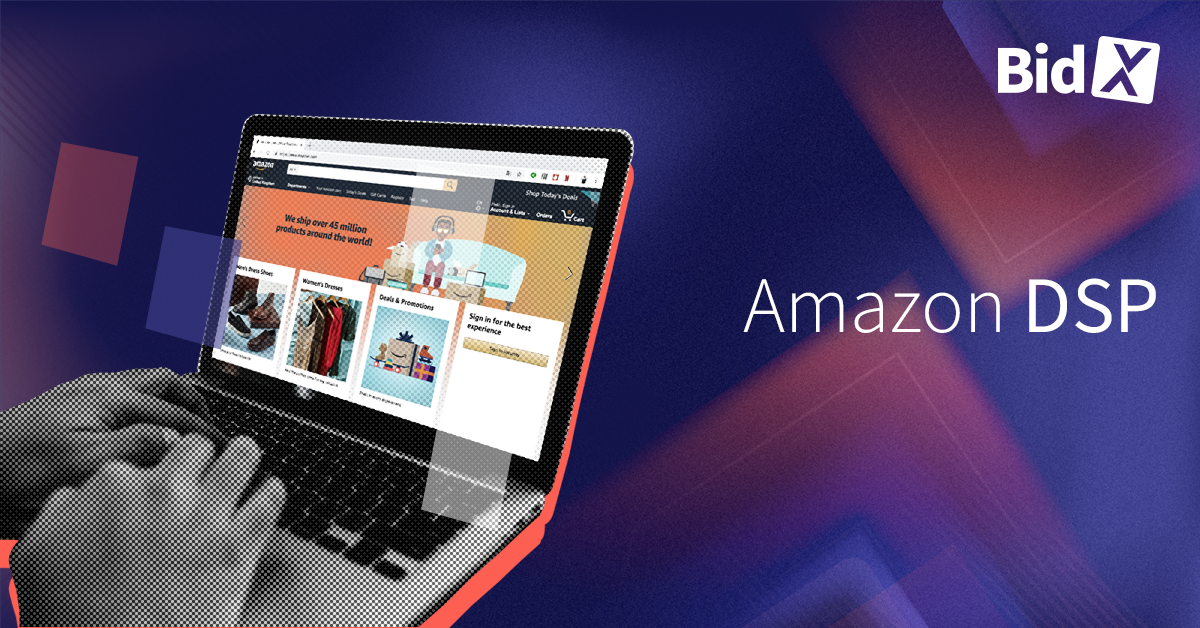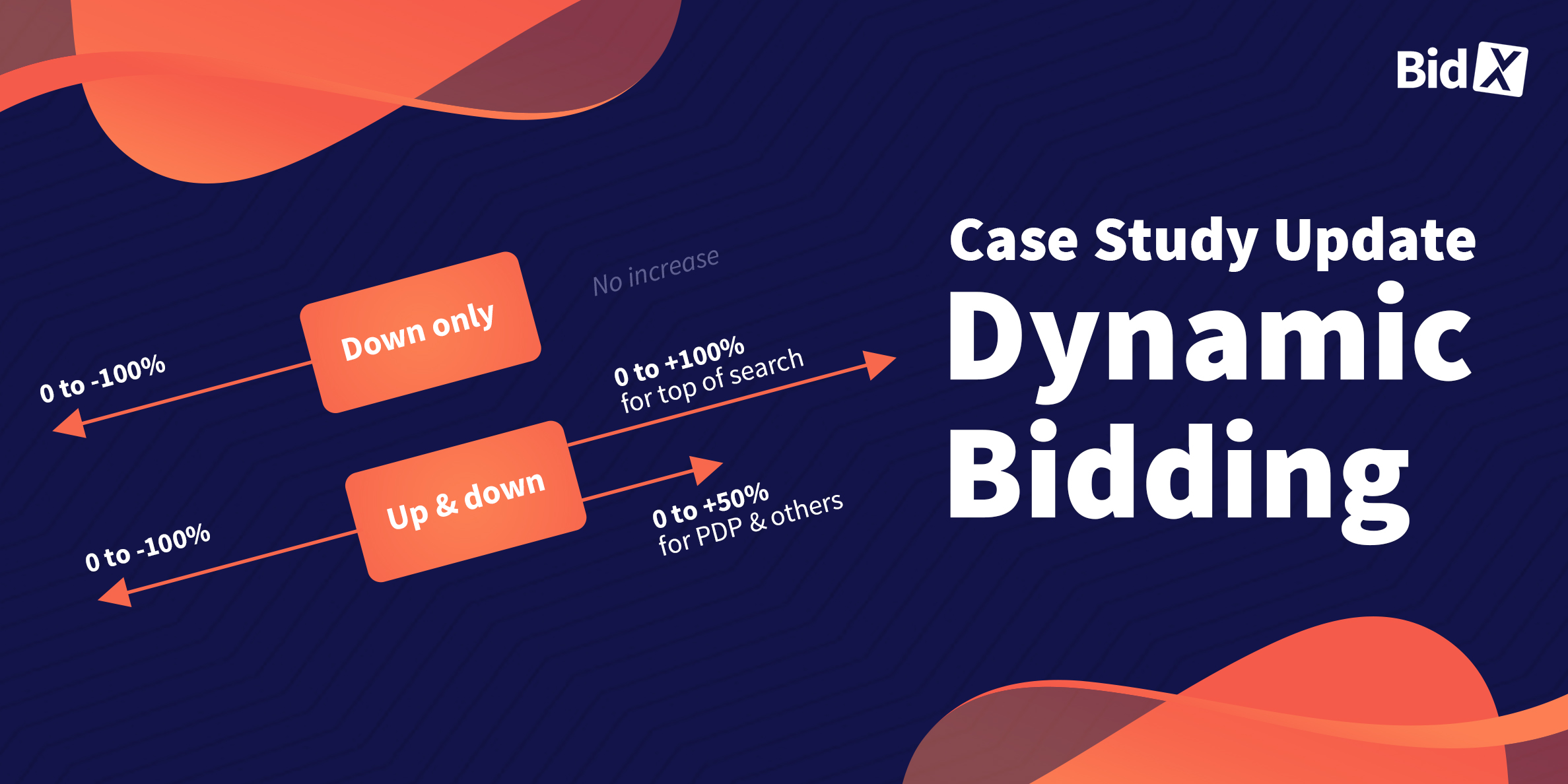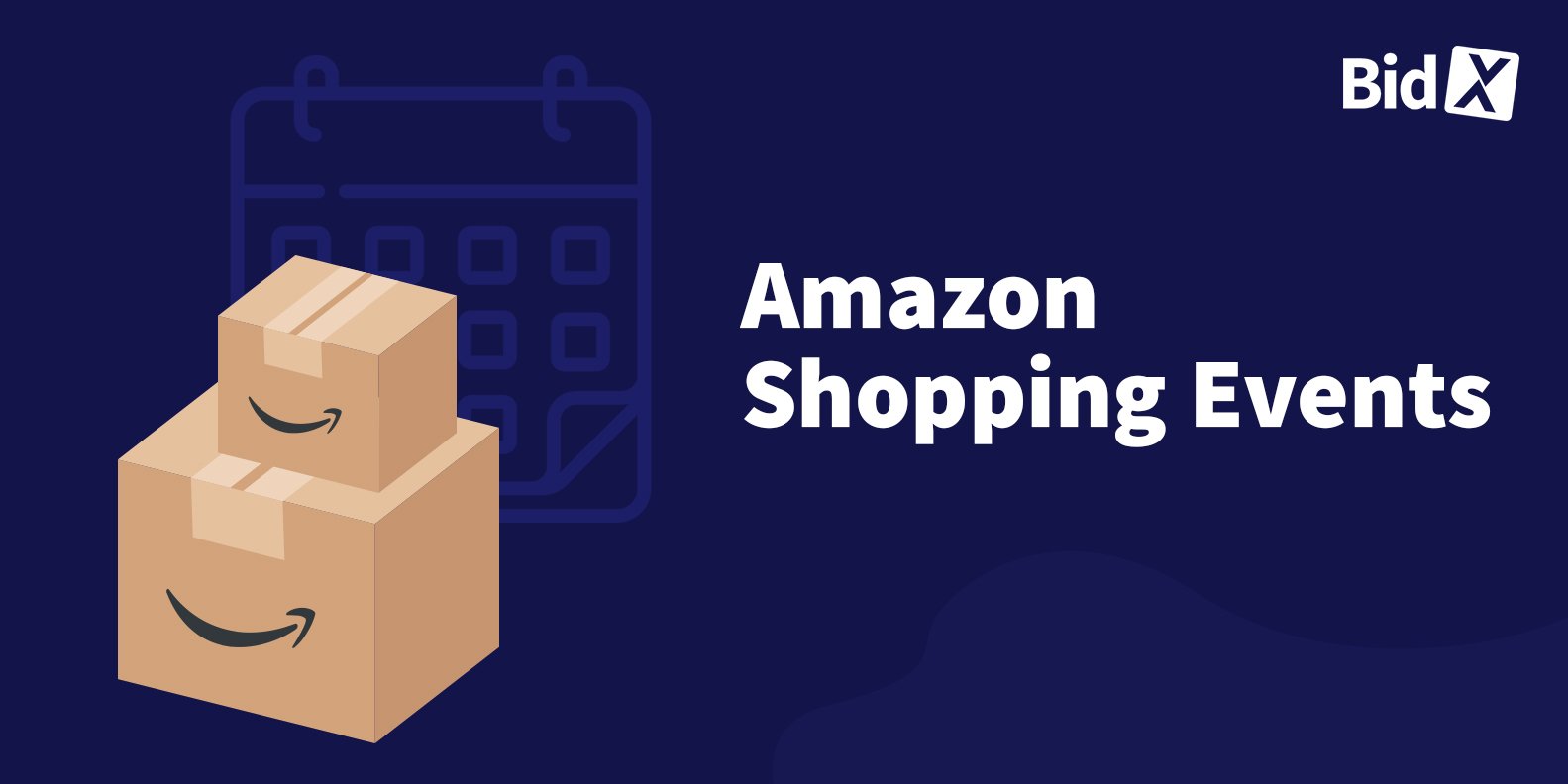A Simple Guide to Amazon's Demand-Side Platform (ADSP)
If you sell a product or service online, reaching the right audience with your ads is crucial. A demand-side platform (DSP) can help with this, but not everyone knows what it is or how to use it.
If you're new to the world of DSP, you've come to the right place. This article will explain in simple terms what a DSP is and how it works. It will also discuss how you can benefit from Amazon's powerful DSP, whether or not you sell products on Amazon.com.
Let's get started.
What is a Demand-Side Platform?
A demand-side platform is a software tool that automates and optimizes the buying and selling of ads in real-time. Think of it as a one-stop shop for advertisers and sellers to manage their ad campaigns more effectively.
A DSP can guide sellers toward the most effective ad placements for their target audience at the right time. As a result, any ad campaign run through a DSP has a higher chance of success and greater return on ad spend (RoAS).
Demand-Side-Platform at Work
Suppose you're selling orthopedic shoes for various types of customers. A DSP can identify the websites, apps, and other platforms where your target customers are most active. It then displays your advertisements to these customers in real-time. Not only does this help you establish your brand and authority, but it can also increase your chances of making more sales and scaling your business.
DSP Terms Explained | Ad Exchanges Vs. Ad Servers
To better understand DSP and how it works, it's important to grasp two key terms in digital advertising: ad exchanges and ad servers.
What is an Ad Exchange?
An ad exchange is a digital marketplace where advertisers can bid in real-time to buy and sell digital ads. This method enables advertisers to target their desired audience more effectively, while also providing publishers with a platform to enhance the value of their ad space. Advertisers, publishers, and other platforms can participate in the bidding process, allowing everyone involved to set the price for the inventory.
What is an Ad Server?
Ad servers are technological engines that help advertisers and publishers manage and distribute ads on different channels. They use settings like budget, audience segments, and timing to determine which ads to show to specific audiences on various devices and channels. Ad servers calculate in real-time to make sure that the right ads are displayed to the right audience at the right time.
What’s the Difference Between the Two?
While ad exchanges facilitate the buying and selling of ad inventory in real-time auctions, ad servers deliver and manage the display of ads on websites and other digital properties. In other words, one is responsible for the exchange of ad inventory, while the other is responsible for serving the ads on digital properties.
What Is the Amazon Demand-Side Platform?
The Amazon DSP is a software tool that enables advertisers and e-commerce sellers to purchase ads in audio, display, and video formats seamlessly. These ads run on various Amazon devices such as Kindle e-readers, Fire tablets, and Fire TV. They can also display on Amazon-owned sites and third-party websites like IMDb and Zappos.
The ADSP uses programmatic advertising to help sellers reach their relevant audiences at scale. Programmatic advertising is a sophisticated way to place advertisements. It uses algorithmic software to purchase ad inventory in real-time, based on advertiser-defined parameters.
For example, if you define a parameter by demographics, programmatic advertising can help ensure that your ads run to the right age group in the right location. But that's not all. The ADSP can also consider relevant factors such as search behavior and product visits to help you target customers who are more likely to engage with your product or service.
Who Can Use the Amazon DSP?
Amazon's Demand-Side Platform is available to all advertisers or online sellers, whether or not they sell their products on Amazon. This means that even if an advertiser does not sell directly on Amazon, they can still place ads via the Amazon DSP.
What Ad Types Are Available Through the DSP?
Amazon DSP offers three main types of ads: video, display, and audio. Each category may have one or more subtypes. For example, video ads have two subtypes: Streaming TV ads and Online Video ads.
Each ad type mentioned — audio, display, and video — can engage and guide shoppers in all stages of the customer journey. This includes top-of-funnel brand awareness, mid-funnel consideration and evaluation, and bottom-of-funnel conversion and loyalty.
In other words, ADSP can help you introduce your brand and product (top-of-funnel), help potential customers get to know the product or service a little better (mid-funnel), and finally, encourage them to make a purchase and become loyal customers (bottom-of-funnel).
Here's a quick overview of each ad type:
Video Ads
Video ads are typically more effective for increasing brand awareness and consideration. Advertisers can choose Streaming TV (STV) ads or Online Video (OLV) ads via Amazon's Demand-Side Platform.
STV ads are short commercials that appear before and during content on various streaming platforms. They're similar to traditional TV commercials and cannot be skipped or clicked. Your target audience may view these ads on services like IMDb TV, Fire TV, and third-party on-demand apps.
OLV ads, on the other hand, typically appear before or during video content on web browsers and apps. Viewers can click on the ads to be directed to the advertiser's website or take a specific action.
Display Ads
These are static or animated image-based ads that appear on websites and apps. They come in various sizes and formats, including banners, pop-ups, and interstitials (i.e., those ads that appear before or after an expected content page).
Display ads effectively generate purchase intent and convert shoppers into customers, especially when they feature a special promotion or discount code.
Audio Ads
Audio ads on Amazon DSP enable you to connect with your intended audience using audio content. By using audio ads, you can create campaigns that air during music and other audio content on Amazon Music, Audible, and other ad-supported audio tiers.
This ad type can effectively reach millions of engaged listeners while they're commuting to work, exercising, or entertaining at home.
What Are the Advantages of the Amazon DSP?
Amazon's Demand-Side Platform grants you access to highly-targeted audience data and analytics. This includes powerful audience attributes like browsing and purchase history, demographics, etc. This data is unique to Amazon and can give you an edge over other advertising platforms like Google or Facebook, which lack similar capabilities.
By using this data, you can customize your ad spend to target audiences that might be interested in your product and increase your chances of making a sale. The DSP also lets you place your ads on popular websites, increasing your brand's visibility. You can advertise on Amazon-owned websites and apps, providing premium advertising space for your brand.
The DSP also offers valuable data-driven insights and performance reports before and after your campaigns. You can use this information to improve your advertising strategy and maximize your return on ad spend.
How Much Does the Amazon DSP Cost?
The cost of placing ads on Amazon DSP varies depending on format and placement. It's also connected to a minimum budget that differs from country to country.
To optimize their ad spend, online sellers are increasingly opting for third-party managed plans. For such plans, we suggest a minimum budget of 5,000 EUR per month for three months to initiate a DSP campaign.
Remember, you don't have to sell a product or service on Amazon to take advantage of its DSP advertising power. You also don't need to be an advertising guru. For that, our team at BidX can help you create successful ad campaigns that reach your ideal audience and drive conversions. That way, you can focus on growing your business while we handle the advertising.
If you want to partner with BidX to meet your Amazon DSP goals, you can request a no-obligation offer below.




.png)

